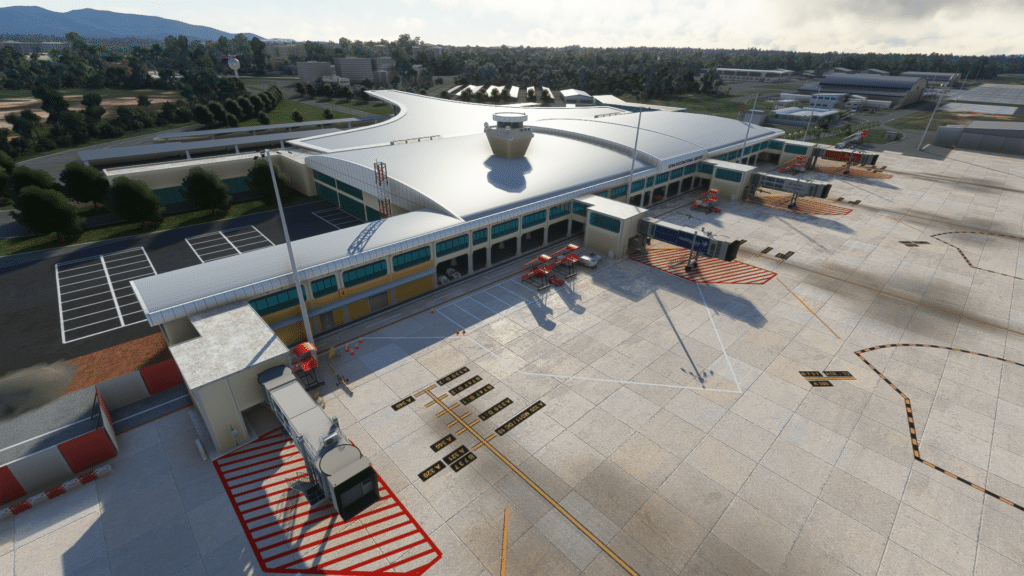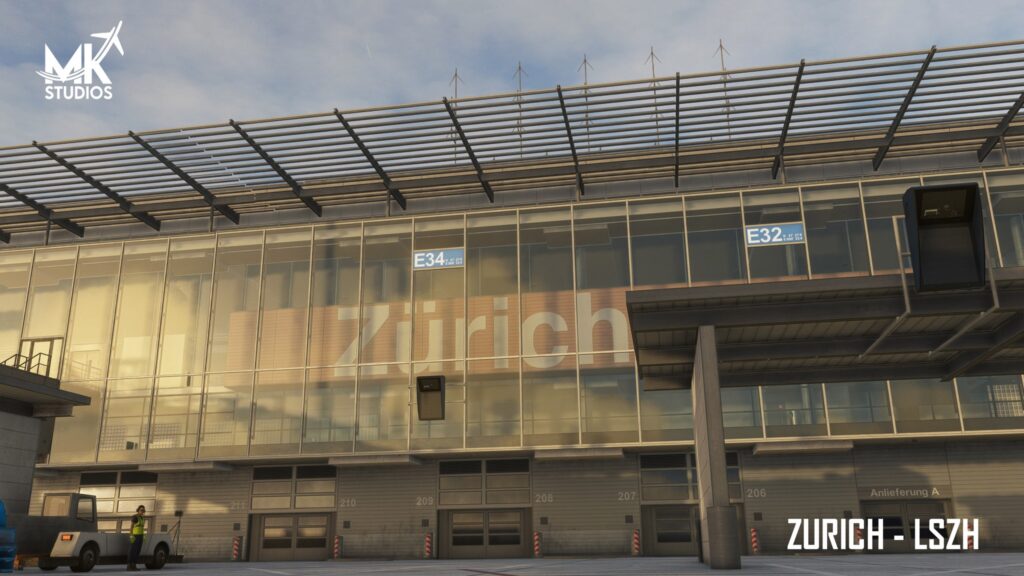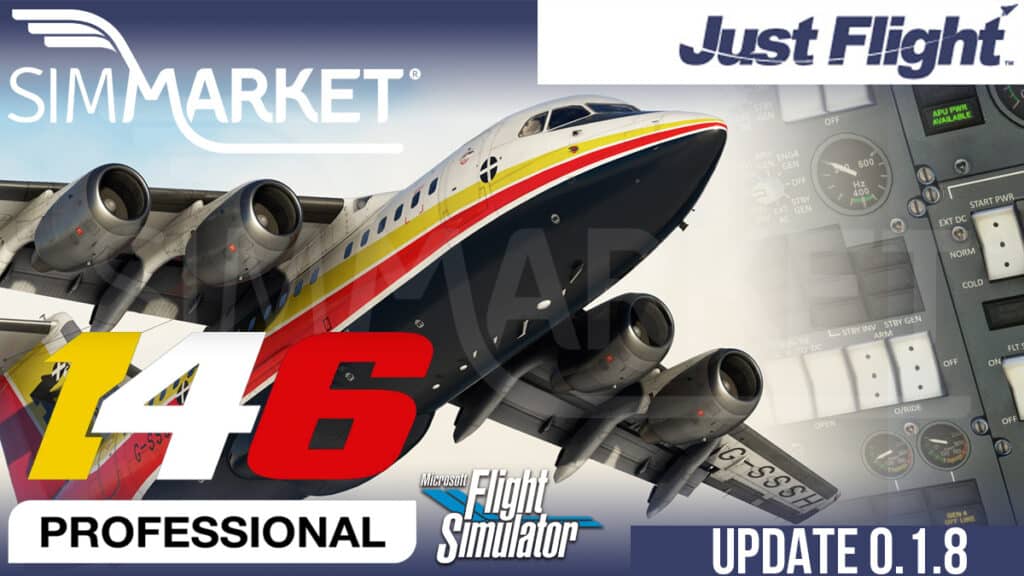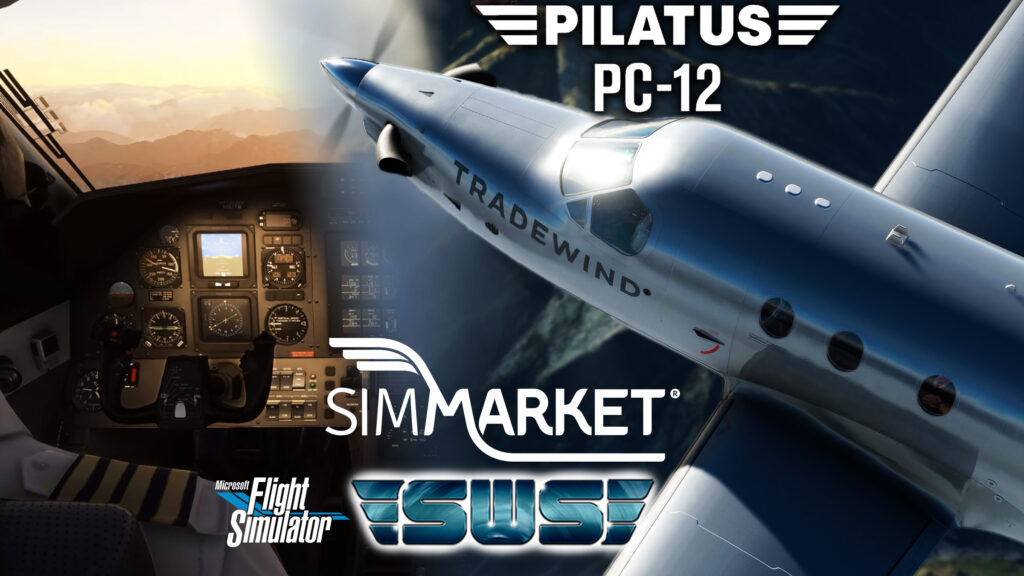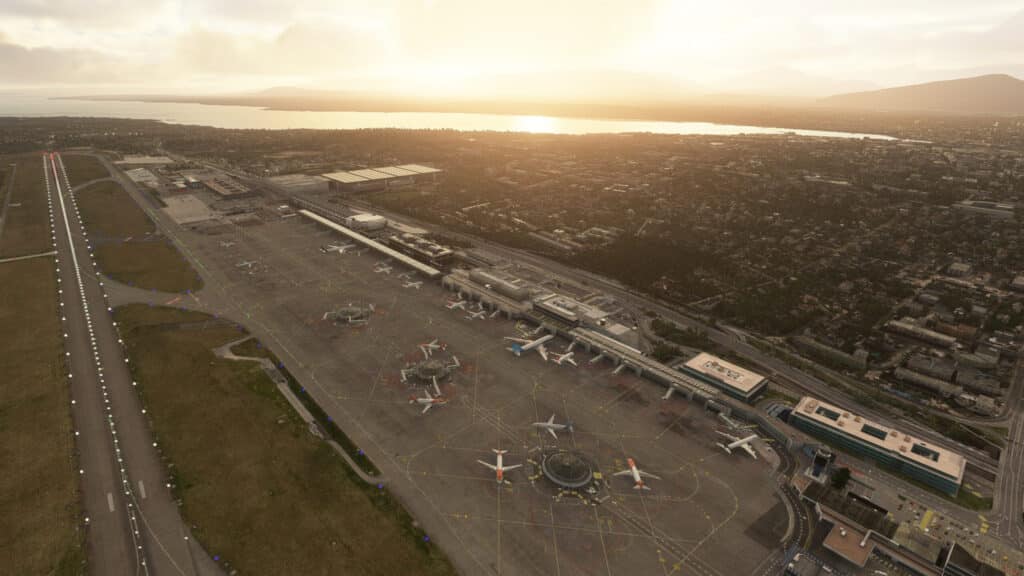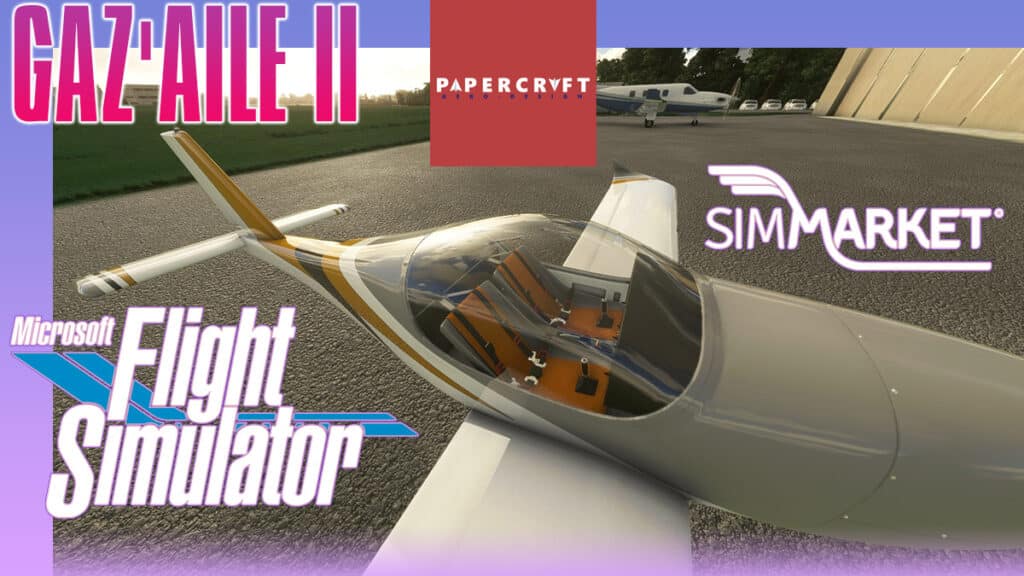 The McDonnell Douglas DC-9 is a twin engine jet originally designed in the early 1960s. It came about out of a need to have an airliner that could handle short and medium routes at smaller airports that didn’t have the ground infrastructure of the larger terminals. It first flew in 1966 and remained in production with the final aircraft being delivered in 1982 with a total of 976 built. The original variant, the 10 series had a capacity of 90 passengers with that number increasing to 135 in the 50 series.
The McDonnell Douglas DC-9 is a twin engine jet originally designed in the early 1960s. It came about out of a need to have an airliner that could handle short and medium routes at smaller airports that didn’t have the ground infrastructure of the larger terminals. It first flew in 1966 and remained in production with the final aircraft being delivered in 1982 with a total of 976 built. The original variant, the 10 series had a capacity of 90 passengers with that number increasing to 135 in the 50 series.
In this review I will be looking at both the FS9 and FSX versions of this product.
Installation and Configuration
File size for the FS9 version is 187 Mb and for FSX 127 Mb plus an additional 49.3 Mb for SP1.
The installation process is the same for both versions but FSX users also need to install the service pack. Â During the install process you will be asked to make several decisions that will affect the aircraft’s appearance; full or widescreen display and blue or grey cockpit. I mention this because there is no way to reverse these unless you perform a reinstall of the product. These are the only configuration options available to the user.
Both packages include seven variants; DC-9: 10, 10F, 21, 30, 33F, 41 and 51.
Support for this product is via email at “support@skysimulations.com”. I did have several questions during my review and received responses within 24 hours.
Documentation
Included in the package are two documents both in PDF format; an Operations Manual and a Tutorial Flight Manual. Both can be found in the “\program files\sky sim\DC9\manual directory”. I strongly suggest that you read the manuals prior to flying this aircraft. Both versions use the same manuals.
I found the operations manual quite difficult to understand at times. My assumption would be that it was translated to english from another language. With so many complex systems modelled I found that I had to read and reread certain portions because of some of the quirky phrasing. Beyond the language issues you will find that they have done a very thorough job describing in great detail all of the systems.
With this aircraft you have to follow procedure and energize systems in sequence, therefore going through the tutorial flight is very important. It takes you step by step from start up to shutdown on a flight from Memphis to Atlanta. Doing this should answer many of your questions.
One thing sorely lacking in the documentation is any information regarding trim, flap and speed settings for take offs and landings. They’ve included those pertinent to the tutorial flight but that’s all. Through research on the internet I was able to find performance tables for some but not all models. I personally feel if they went through all the trouble to try and give the flightsim pilot a systems intensive experience they should have provided this additional information to complete the package.
Visuals
Both versions come with 2D and 3D cockpits but all of your flying can be done from the 3D cockpit. I ran into a few difficulties with this however, most notably, the stabilizer trim indicator on the control stand panel was hidden and it was difficult to make out what some of the overhead panel switches were for, this was due to the point of view from the pilot’s seat and not the developer’s fault. I was able to compensate for this by turning on tool tips. You might want to consider some form of head tracking device so you’re not faced with these situations. As we see more and more aircraft being flown strictly from the 3D cockpit this problem will not go away.  When in the 3D cockpit you get the sense that you are indeed in a cluttered, busy and cramped cockpit that has seen many hours of flying time.
This is a cockpit from an era predating digital readouts and glass displays and as such is packed with gauges, lots of them, and at times it is difficult to read them. I found myself zooming in to get an accurate reading of what they were actually indicating. Zoom in hotspots would have been helpful especially for the engine related instruments.
Externally you will not be disappointed, again as with the cockpit the creators of this package have done a great job in capturing the beauty of this aircraft. Â Body panel riveting, detailed wheel struts and control surfaces are all skilfully detailed. There is lots more eye candy to catch your attention. Nothing struck me as sub par.
They have also included numerous animations and visual enhancements accessible via the ModPanel. It is through this panel that you can activate service vehicles to unload cargo or a maintenance mode that will open the nose and engine cowlings exposing the front radar and engine details. You are also able to operate the doors, windows and stairways or call up the ground crew. Ground power and air starter units are also available via this means. They are all nice additions especially if you fly in and out of airports that lack these types of features.
As far as impact on frame rates, I did not see any appreciable drop during any of my flights.
Sounds
The external sounds seem to be very realistic and of a high quality. You can hear the differences as you bring the Pratt & Whitney Turbofan engines to life as well as all other phases of flight. I especially liked the sounds when reversers were engaged.
Inside the cockpit you are treated to the noises of switch clicks and systems energising. The sounds definitely enhance the cockpit experience. Additionally you have the voice of a co-pilot calling out flap settings and landing gear lock and unlock, the flaps callouts were useful but I found the landing gear callout to be hard to discern and unintelligible.
I did notice that the cockpit in the FSX version was quieter than the FS9 with the engine noises being more muted.
Flying
I like to start with a cold and dark cockpit so I can go through all procedures from the beginning to get an appreciation of an aircraft’s complexity and this one is complex. You will need to adhere to procedures otherwise you may well find yourself scratching your head in frustration wondering why things don’t work. There are system interdependencies that will also become evident as you try and get off the ground, if you have never paid attention to hydraulics and pneumatics you will now. Again I will stress, reading the manuals is highly recommended with this aircraft. I found myself referring to both the operations manual and tutorial regularly in all phases of flight. One of the first difficulties encountered seems to be starting the engines, after several tries I finally managed to get them going in FS9 but I never was successful in FSX and had to revert to Ctrl+E as the last step to get the engines up and running. I found this to be a bit disappointing.
Getting past this first major hurdle I was able to get her set up for take off, in the air and climbing towards my cruise altitude all the while keeping a close eye on the instruments. Using the autopilot on the DC-9 is another area where you may want to read up. At the end of the operations manual is a chapter explaining basic functionality of the autopilot. If you are accustomed to using modern day autopilots with such functions as LNAV and VNAV you will want to check this out, the autopilot on the DC-9 aircraft is very rudimentary in comparison. There are instructions on how to fly VOR to VOR and do an ILS capture; essential for navigation and landing. The autopilot is not terribly complicated so it doesn’t take long to adjust but there is more work to flying this jet. You must be aware of where you are along your route and have some knowledge of reading the instrumentation. I will admit that I was one of those used to flying modern day aircraft and had to adjust to this regression in technology but there is some level of extra satisfaction when you complete a flight successfully.
The aircraft responded well to the autopilot commands but I did find that when trying to intercept a VOR the aircraft had a tendency to swing left and right of the intended track before finally settling down. It was like rocking back and forth on a wave in bad weather. Not something your passengers would want to experience. Other than that I had no real problems using the autopilot and was able to successfully complete ILS approaches at several different airports.
My preference when flying was to use the autopilot and then disengage at an altitude of approximately 200 ft, then complete the landing manually.
Flying without the use of the autopilot was more of a challenge especially at lower airspeeds, on descent it was extremely difficult trying to maintain airspeed and pitch with the flaps extended. Not sure if it was my flying abilities or the aircraft that was the culprit in this case.
Final Thoughts
This aircraft is a handful to fly; from start up to shutdown you are kept busy. Unlike the commercial airliners flown today with computers that take care of much of the work for the pilot you will be taken back to an era where you will need to be aware of what is happening and manage the aircraft yourself.
This package has it’s quirks but any shortcomings are far outweighed by what it offers the flightsim pilot. I have no doubt that this product will challenge many pilots but you will be rewarded for your efforts with an experience that leaves you with a feeling of accomplishment after a successful flight.
My Ratings
Installer: Very good. Simple to use.
Documentation: Excellent in the detail, however there are some problems with the english language translation. Lack of any performance tables or charts is disappointing.
Modelling: Very good. Extra animations included add to the overall experience.
Extras: From the Sky Simulations website “http://www.skysimulations.com” you have access to the FSX SP1 download, checklists, additional liveries for both the FS9 and FSX versions as well as paint kits.
FS2004 version
Download Size: 187Mb
Price: EUR 30.00
Link: Â http://secure.simmarket.com/sky-simulations-mcdonnell-douglas-dc-9-fs2004.phtml
FSX version
Download Size: 127Mb
Price: EUR 30.00
Link: http://secure.simmarket.com/sky-simulations-mcdonnell-douglas-dc-9-fsx.phtml
Test System:
Intel i7 920 @ 2.66Ghz, 6 Gb RAM, 8800 GT 512Mb video card, Win XP x64 SP2, FS2004 SP1, FSX SP2, TrackIR4
Richard Desjardins

